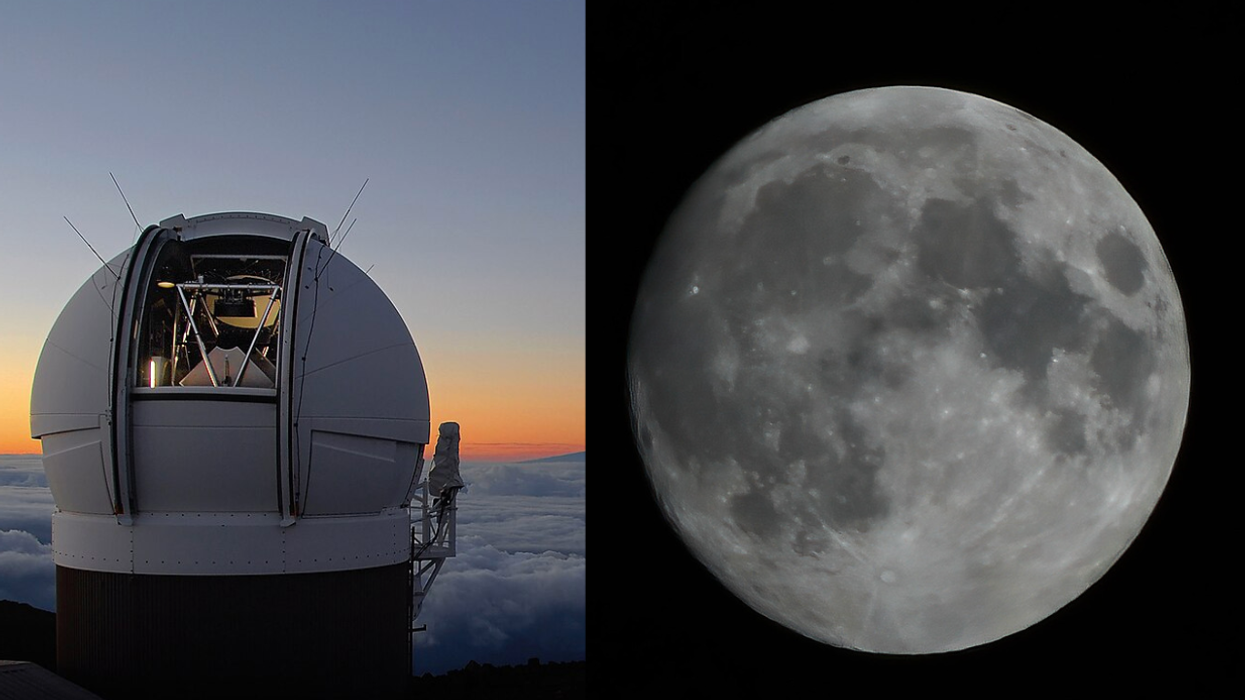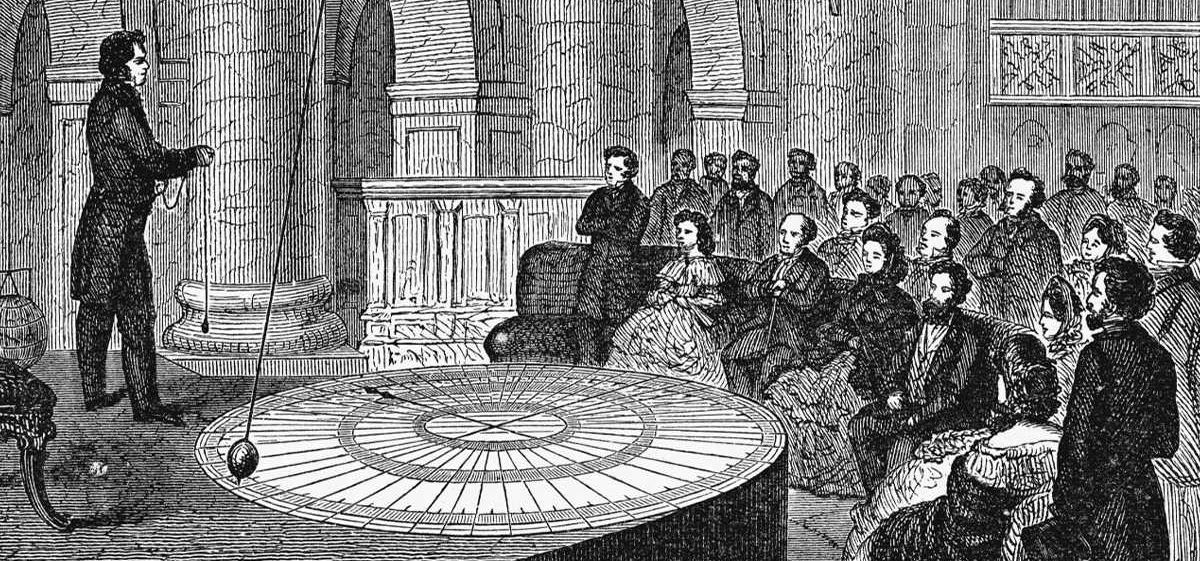As worldwide water scarcity concerns grow, scientists have taken up the task to come up with ways to help accumulate fresh water to drink. This latest innovation could allow you to quench your thirst by obtaining water from a wooden cube that collects moisture from thin air. No infrastructure, pipes, or electricity required.
Scientists at The Royal Melbourne Institute of Technology (RMIT) in Australia and China’s Zhejiang A&F University, Yancheng Institute of Technology, and the Hangzhou Vocational & Technical College teamed up to develop a wood compound that naturally absorbs and retains moisture from the atmosphere. The material then releases the moisture in the form of clean drinkable water when it is exposed to sunlight.
The researchers built this innovation using balsa wood, a wood that contains tiny channels meant to move water when it was a full-fledged tree. They then removed the compound that makes wood rigid (called lignin) to fashion the balsa wood into a squishier, porous substance and added lithium chloride salt, which attracts water molecules from thin air. After that, they coated one side with carbon nanotube ink so any sunlight that hits the wood would generate into heat. This way the material can absorb moisture from the surrounding air at night, but will heat up to condense that moisture into liquid water that can be collected as the sun rises.
This could be a breakthrough for the reportedly four billion people that lack access to clean water throughout the world. The United Nations specifically cites climate change as one of the primary factors, stating that global warming has caused compromises in water’s quality, dried out sources of terrestrial water, and caused sea-levels to rise and salinate freshwater sources. Since collecting water from traditional sources is becoming less of an option for many areas globally, collecting drinking water from the air could offset that and save lives.
@hankgreen1 Answer @Hannah Thanks for the question Hannah!!
“Atmospheric water is recognized as a promising water resource due to its abundance, widespread availability, and independence from hydrological or geographical constraints, allowing clean water extraction from the air almost anywhere and anytime,” wrote Xingying Zhang, one of the lead authors of the study.
While furthering testing is needed, this wood compound could have other applications aside from providing drinkable water. Results led researchers to believe that this wood compound can be used to help control humidity inside buildings, cool solar panels to increase their efficiency, and even provide irrigation for crops during dry seasons.
As they further investigate the full potential of this wooden substance, there are other methods being experimented on and implemented to help provide fresh water to fight back climate change. This includes options such as cloud seeding to raise the chances of precipitation in drier areas, collecting fog through a special mesh to collect water droplets, and making sea water drinkable through desalination. That said, some of these methods might not be viable methods for long term change.
@cosmic.whispers.of.time Why Don’t We Just Desalinate the Ocean? 🌊 w/ Neil deGrasse Tyson #Desalination #WaterCrisis #FreshWater #FutureWars #Sustainability #ScienceExplained #ClimateChange #WaterScarcity #OceanFacts #EnergyCosts
To provide water for everyone takes time, attention, and effort from everyone involved. If you feel moved to help, the Environmental Protection Agency has some tips to follow such as proper disposal of certain chemicals that could contaminate local water sources, participate in beach and lake trash pick-ups, and ways you can volunteer your time. There are also a great number of vetted charities you can find and research that accept donations to provide clean water in needed areas.





















 Relaxing to music.Photo credit
Relaxing to music.Photo credit  Music and a good run.Photo credit
Music and a good run.Photo credit 
 Artist rendering of Earth with satellites traveling around it.Image via
Artist rendering of Earth with satellites traveling around it.Image via  Drawing of Leon Foucault with pendulum showing Earth's rotation.Image via
Drawing of Leon Foucault with pendulum showing Earth's rotation.Image via  The Earth rotates.
The Earth rotates. 

Professor shares how many years a friendship must last before it'll become lifelong